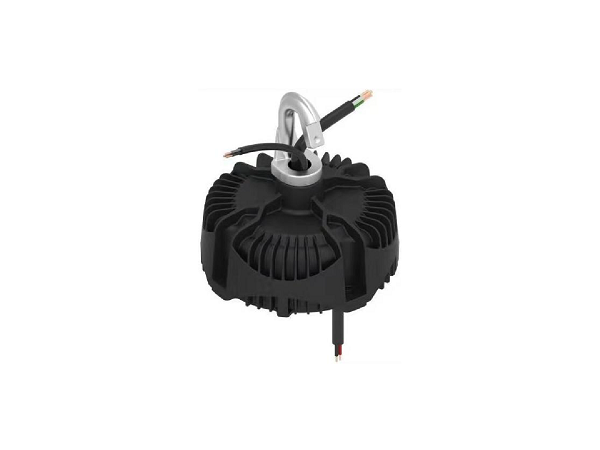
As new battery technologies continue to emerge,such as solid-state batteries,existing battery chargers need to change in several ways to be compatible.
First of all,in terms of charging protocols,most of the existing chargers are designed based on the charging characteristics of traditional batteries.New types of batteries,such as solid-state batteries,may have different charging curve requirements.The charger needs to update the internal charge control chip to recognize the type of new battery and adopt the corresponding charging protocol.For example,solid-state batteries may be more sensitive to changes in charging voltage and current,and the charger needs to be able to control each stage of the charging process to ensure that the voltage and current change according to the solid-state battery charging curve to avoid damage to the battery due to improper charging.

Secondly,the electrical parameters should be adjusted.The output voltage and current range of traditional chargers may not meet the needs of new batteries.For solid-state batteries,the operating voltage range may be different from that of traditional lithium batteries.The output voltage range of the charger needs to be widened or re-adjusted to ensure that the appropriate charging voltage can be provided.At the same time,the output current also needs to be optimized according to the capacity and charging speed requirements of the new battery.For example,if a solid-state battery can support a higher charging rate,the output current capacity of the charger also needs to be improved accordingly to achieve fast charging.
Moreover,the protection function needs to be further strengthened.New batteries may have new hidden dangers due to changes in their internal structure and materials.In addition to the traditional overcharge,overcurrent and short circuit protection,the charger also needs to add new detection and protection mechanisms for problems that may occur in solid-state batteries,such as internal short circuit caused by lithium dendrite growth.This may require the inclusion of sensors and detection circuits in the charger to monitor the status of the battery in real time and be able to immediately stop charging and issue an alarm if an abnormal situation is detected.
In addition,in terms of interface design,although some existing universal interfaces(such as USB-C,etc.)may continue to be used,the electrical performance of the interface may need to be optimized in order to be better compatible with new batteries.For example,improve the power transmission capacity of the interface to adapt to the higher charging power requirements of the new battery;Or add some communication pins to pass more battery status information and charging parameters between the charger and the battery.
From a software perspective,the charger may need to have an upgradeable firmware system.In this way,when the technical details of the new battery are further clarified or the charging requirements change,the charger can be continuously compatible with the charging needs of the new battery by means of software updates.